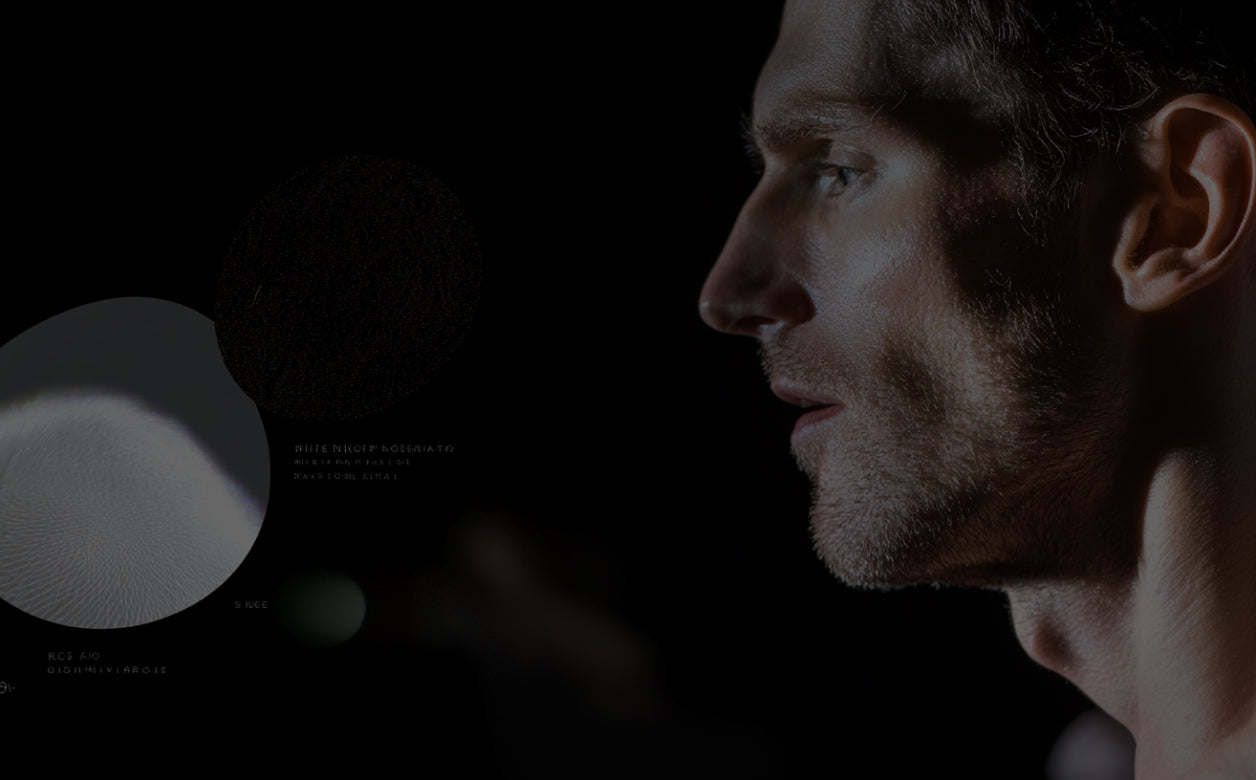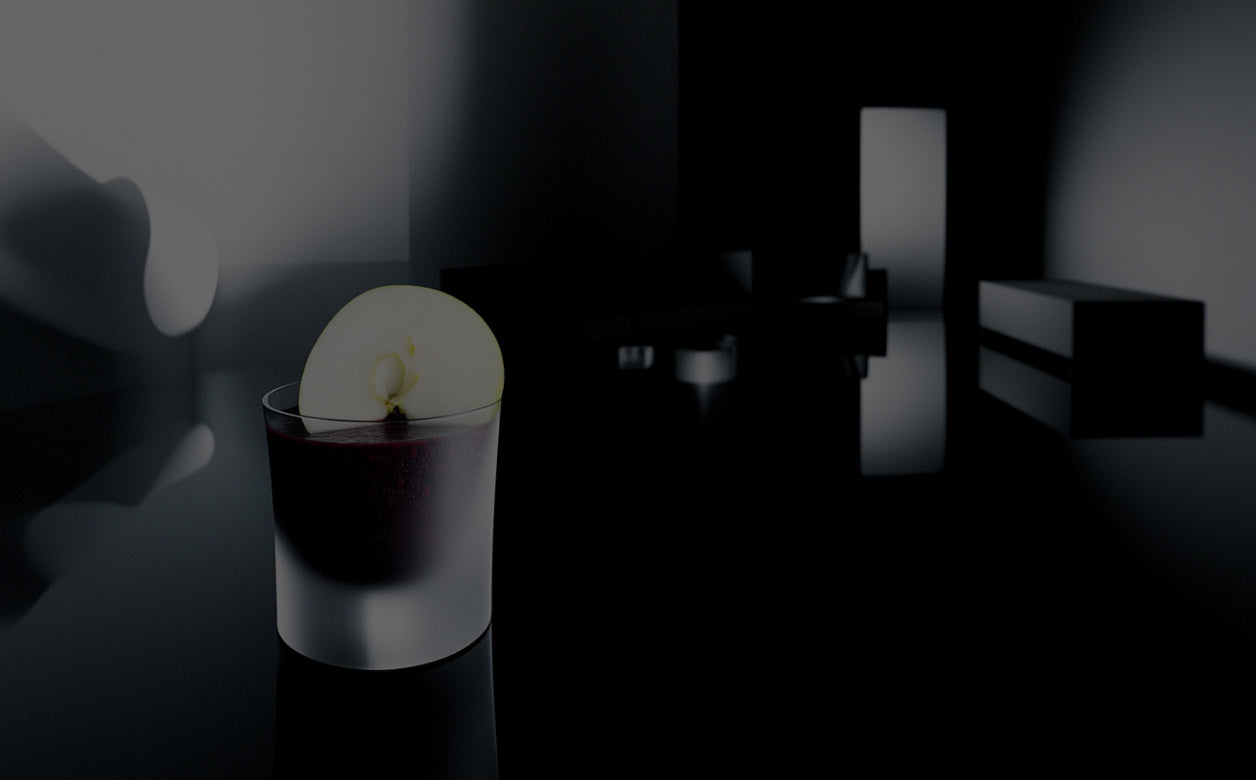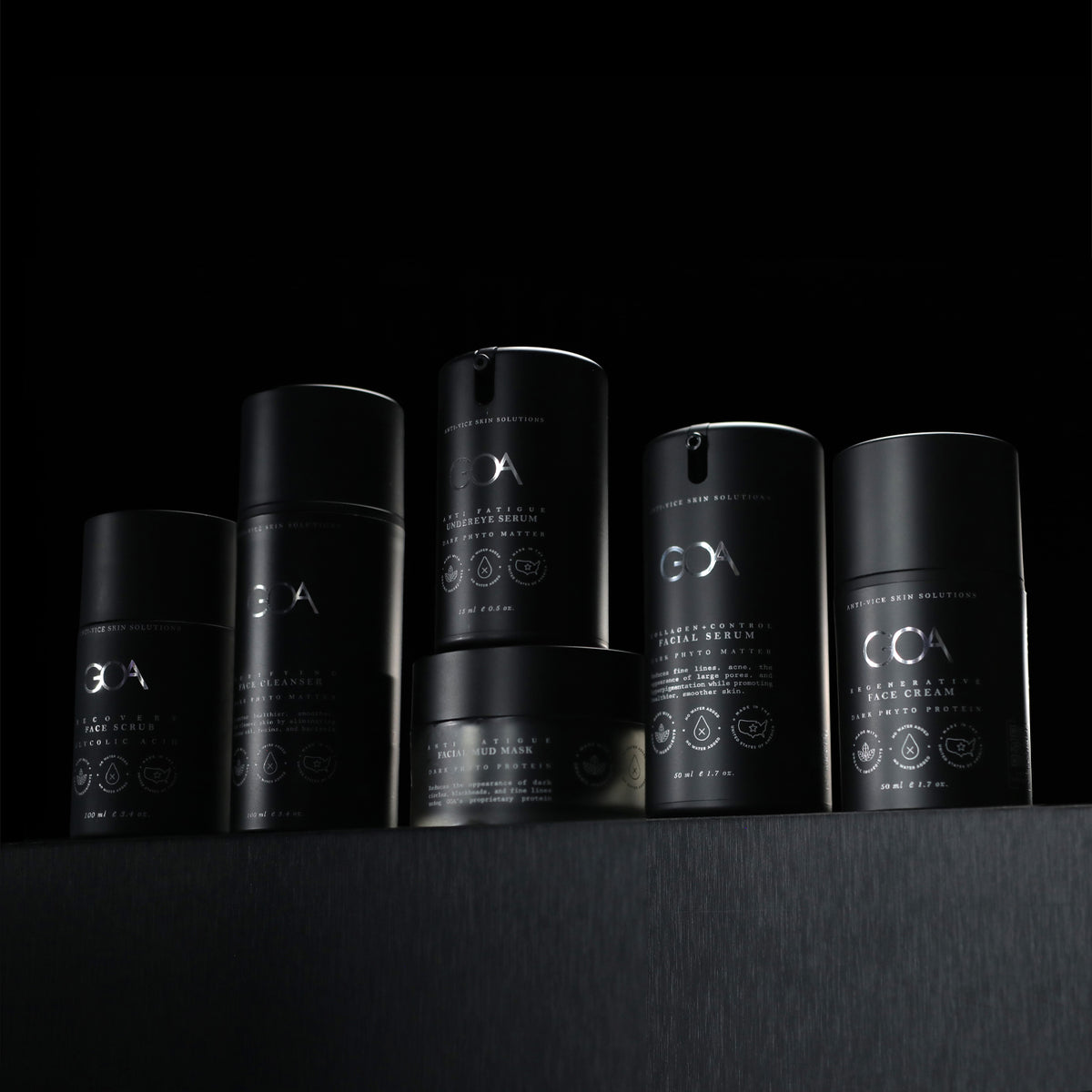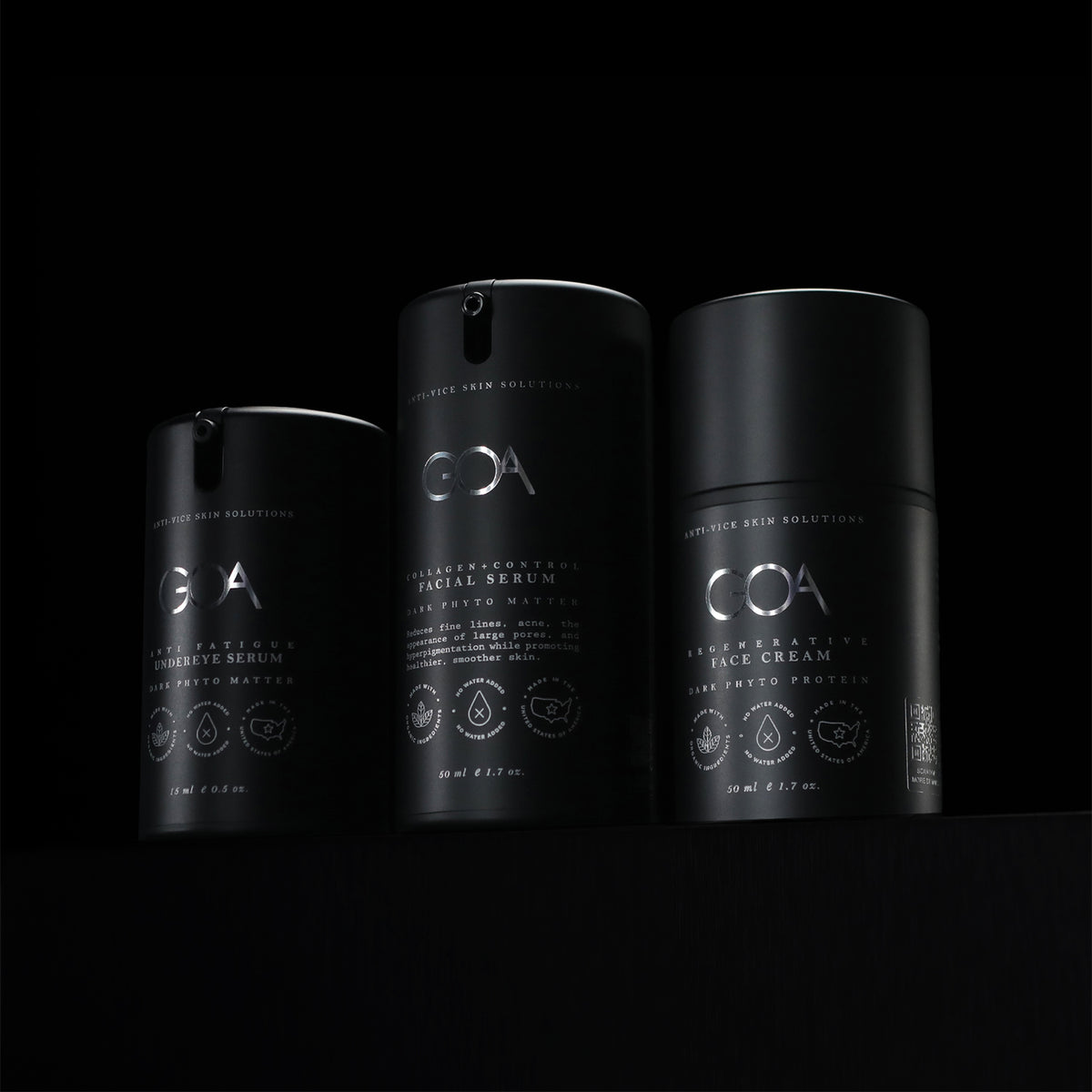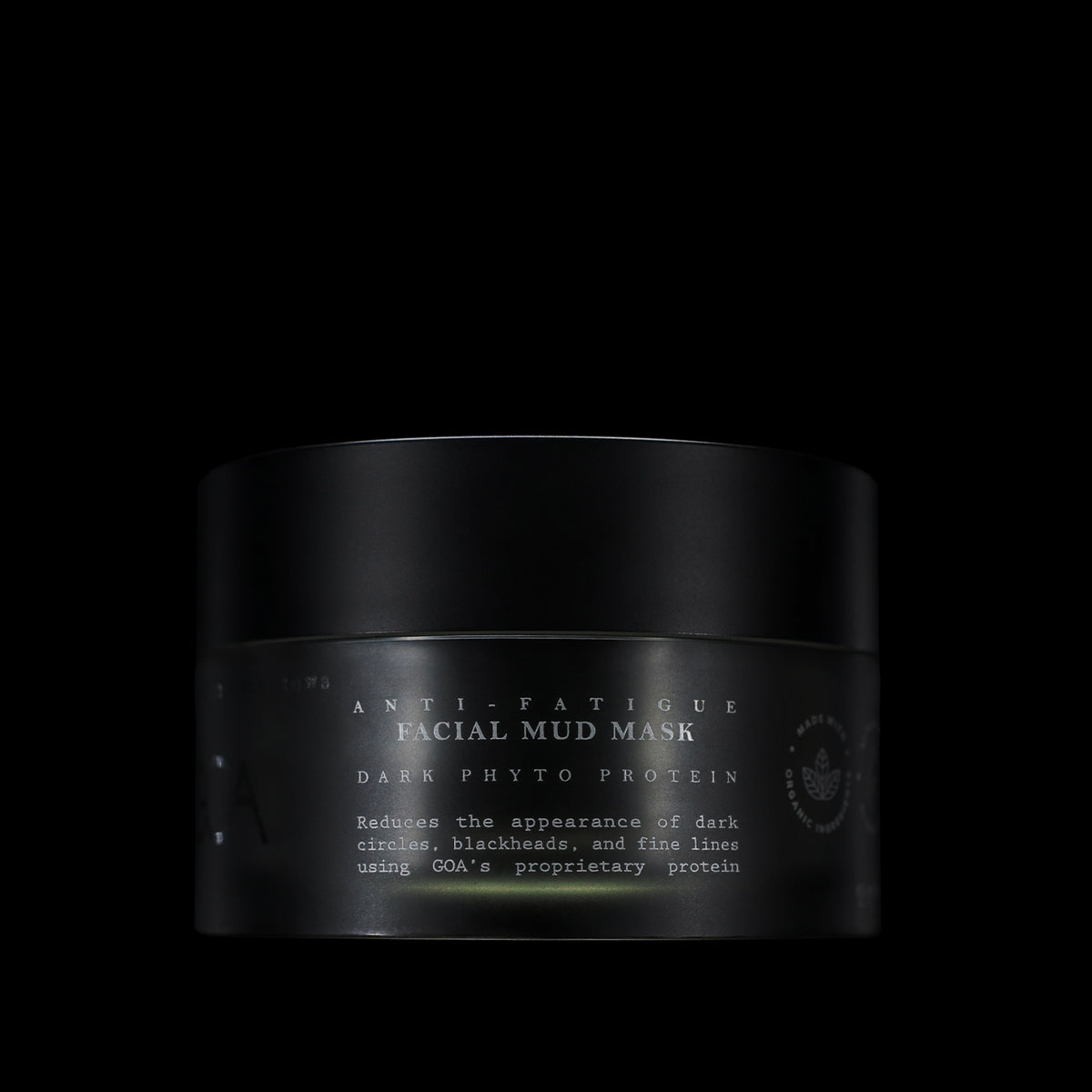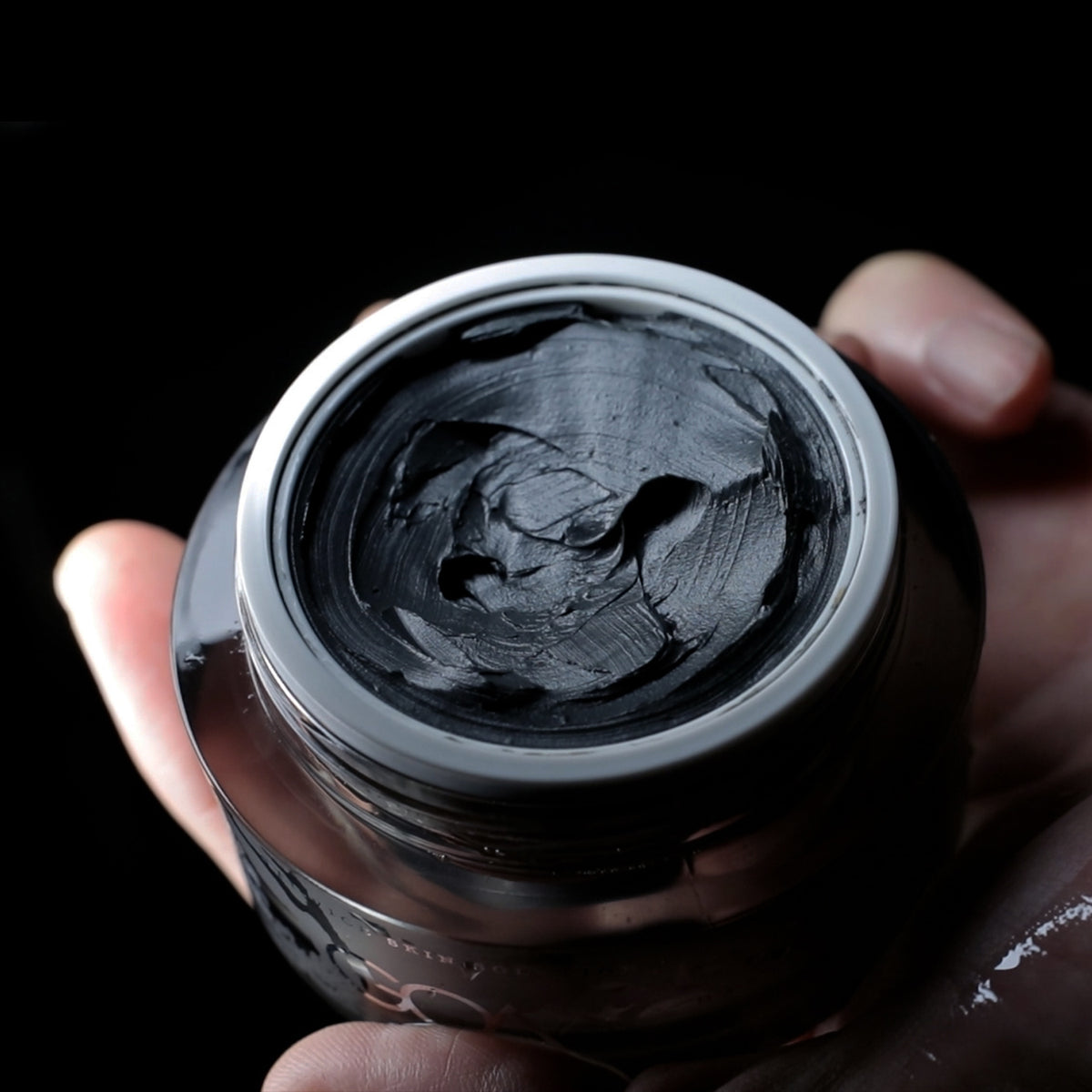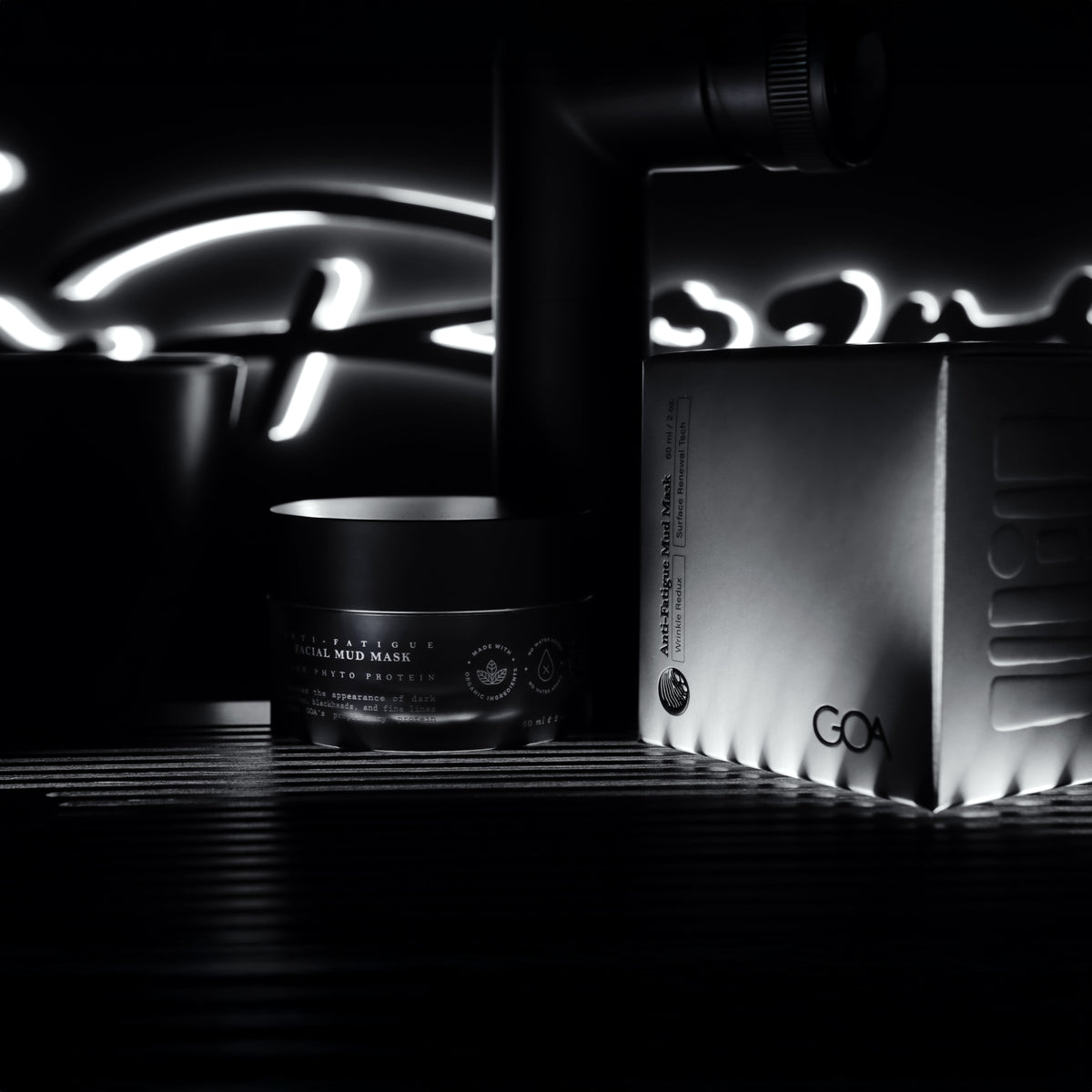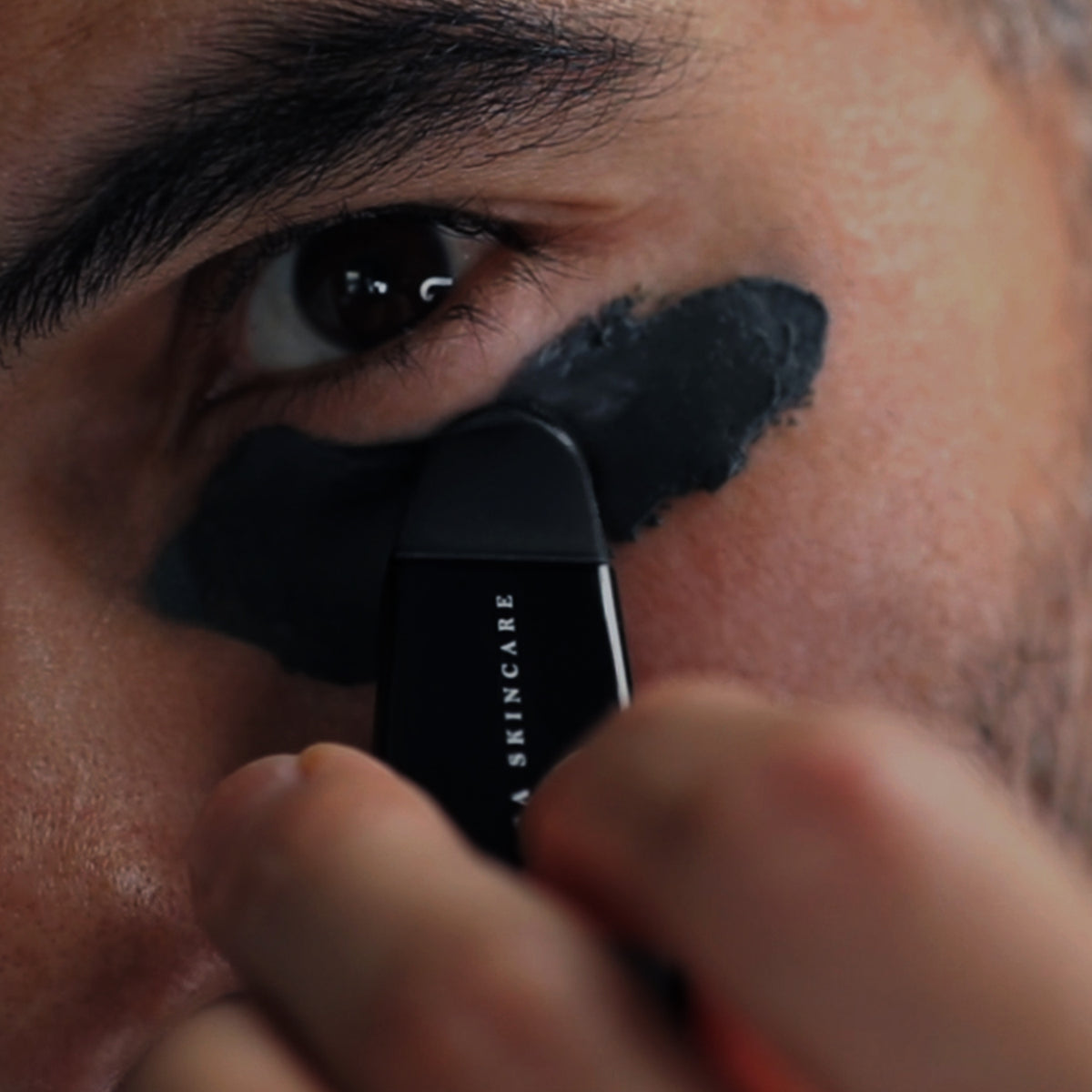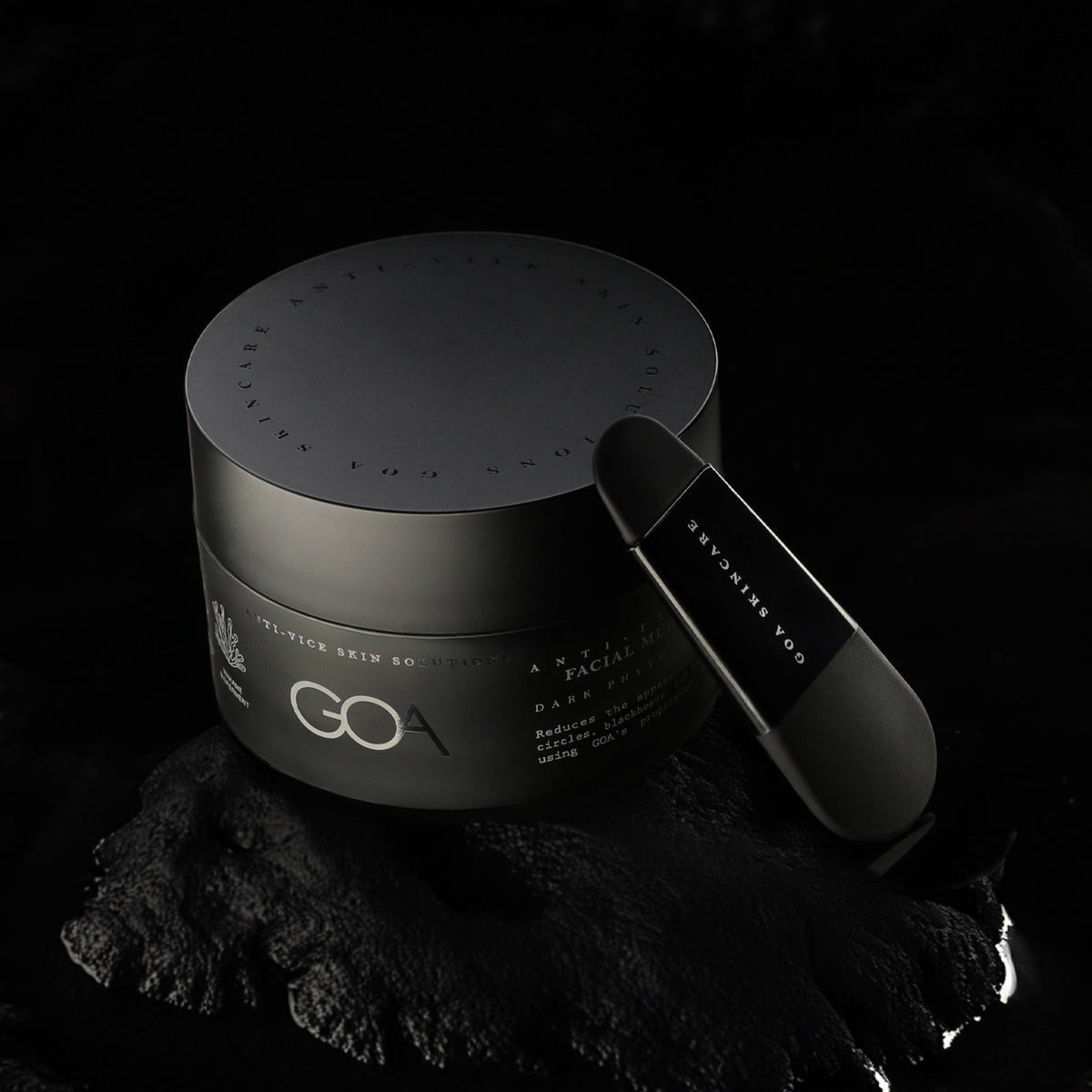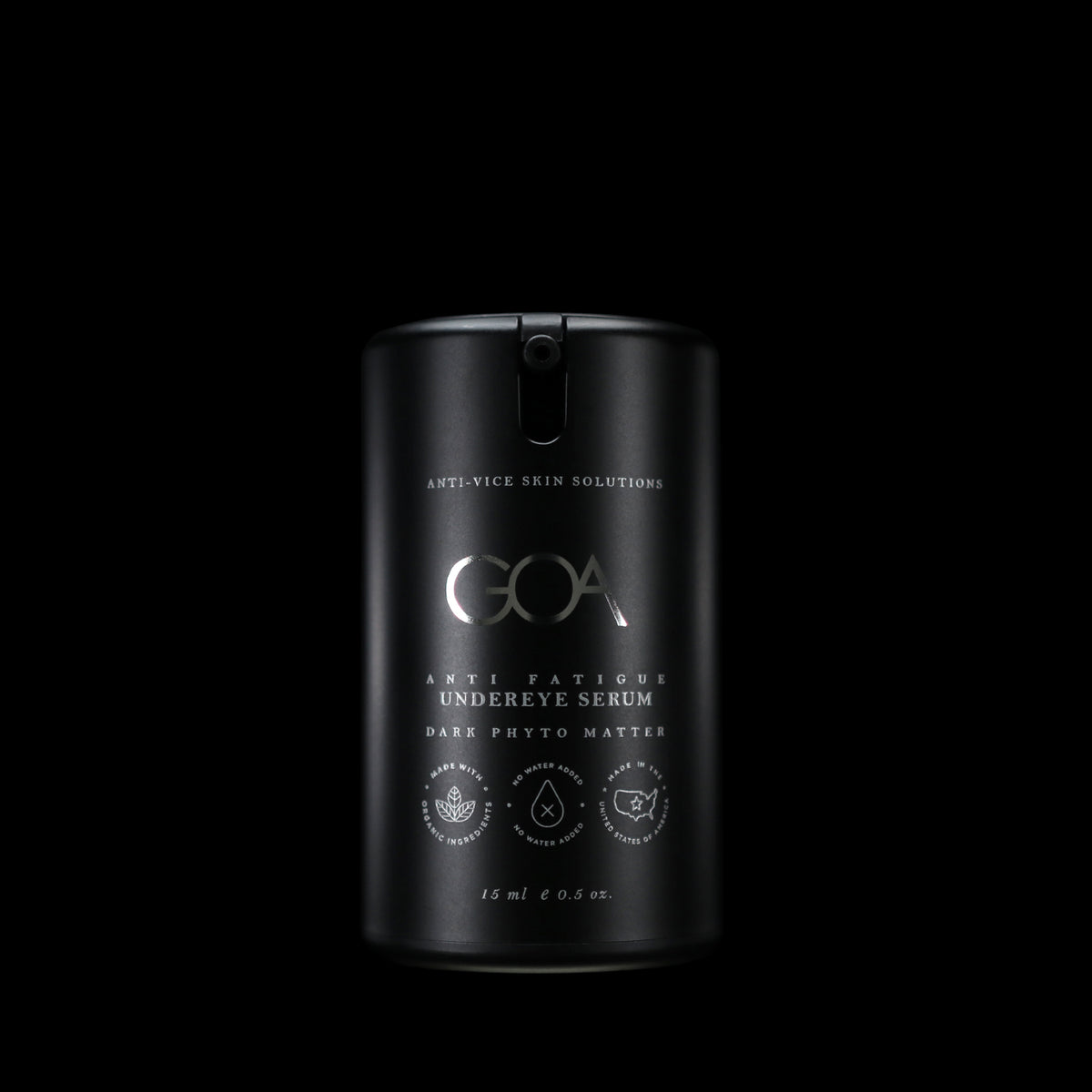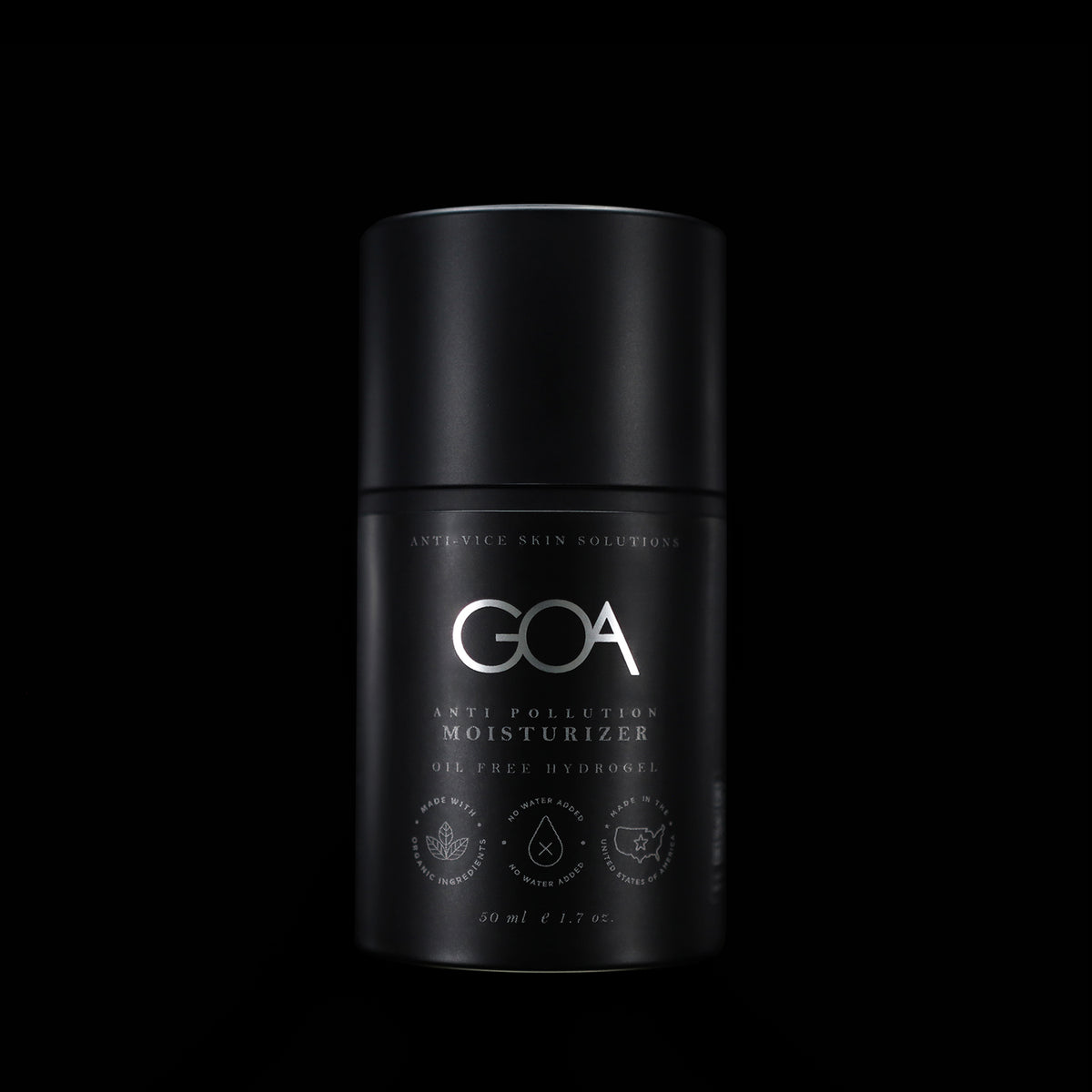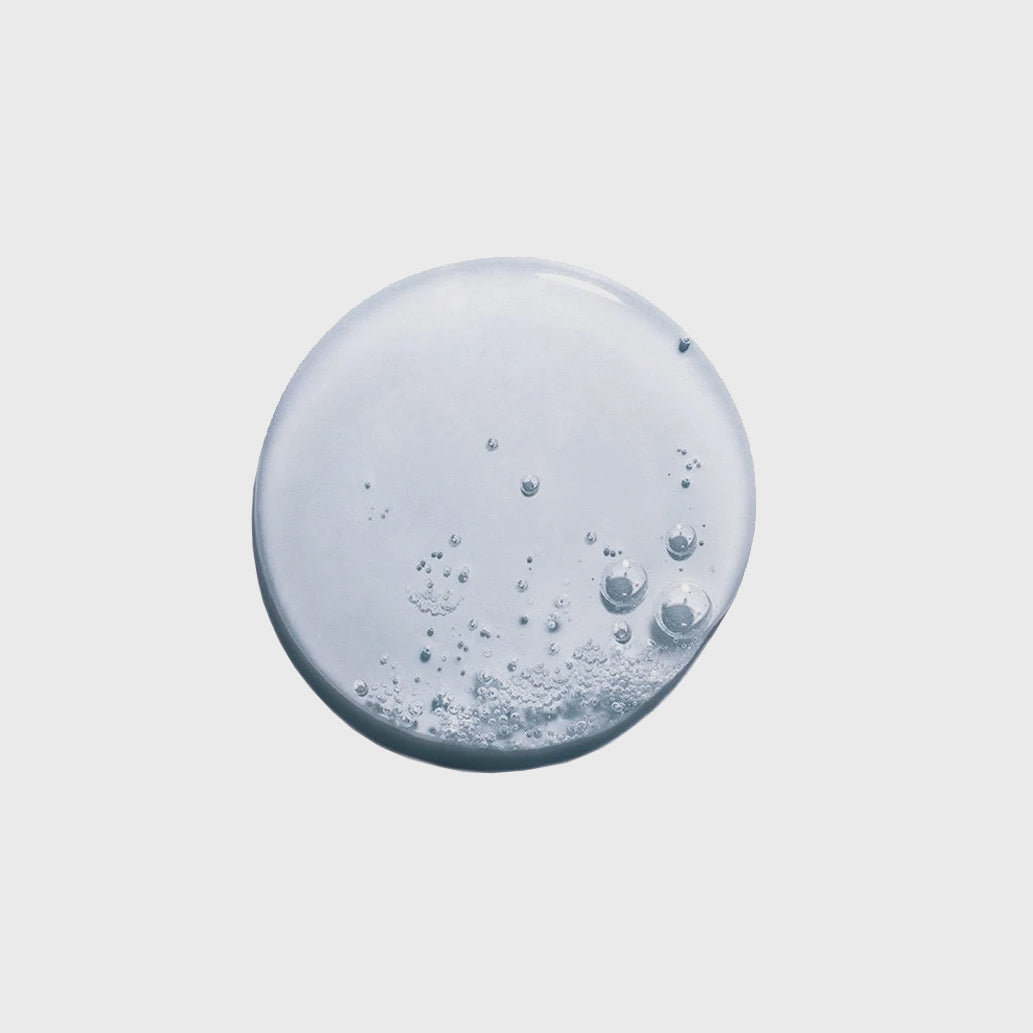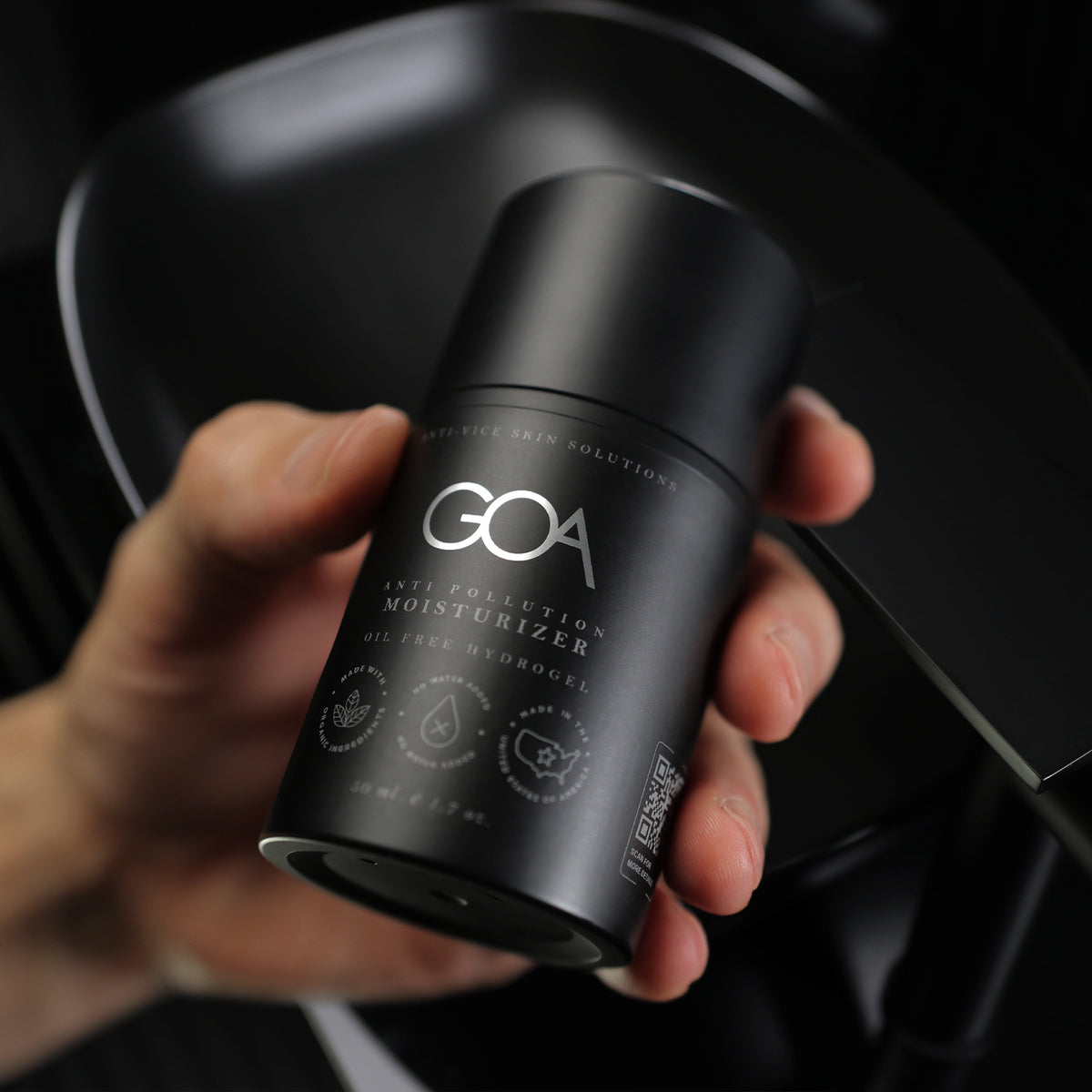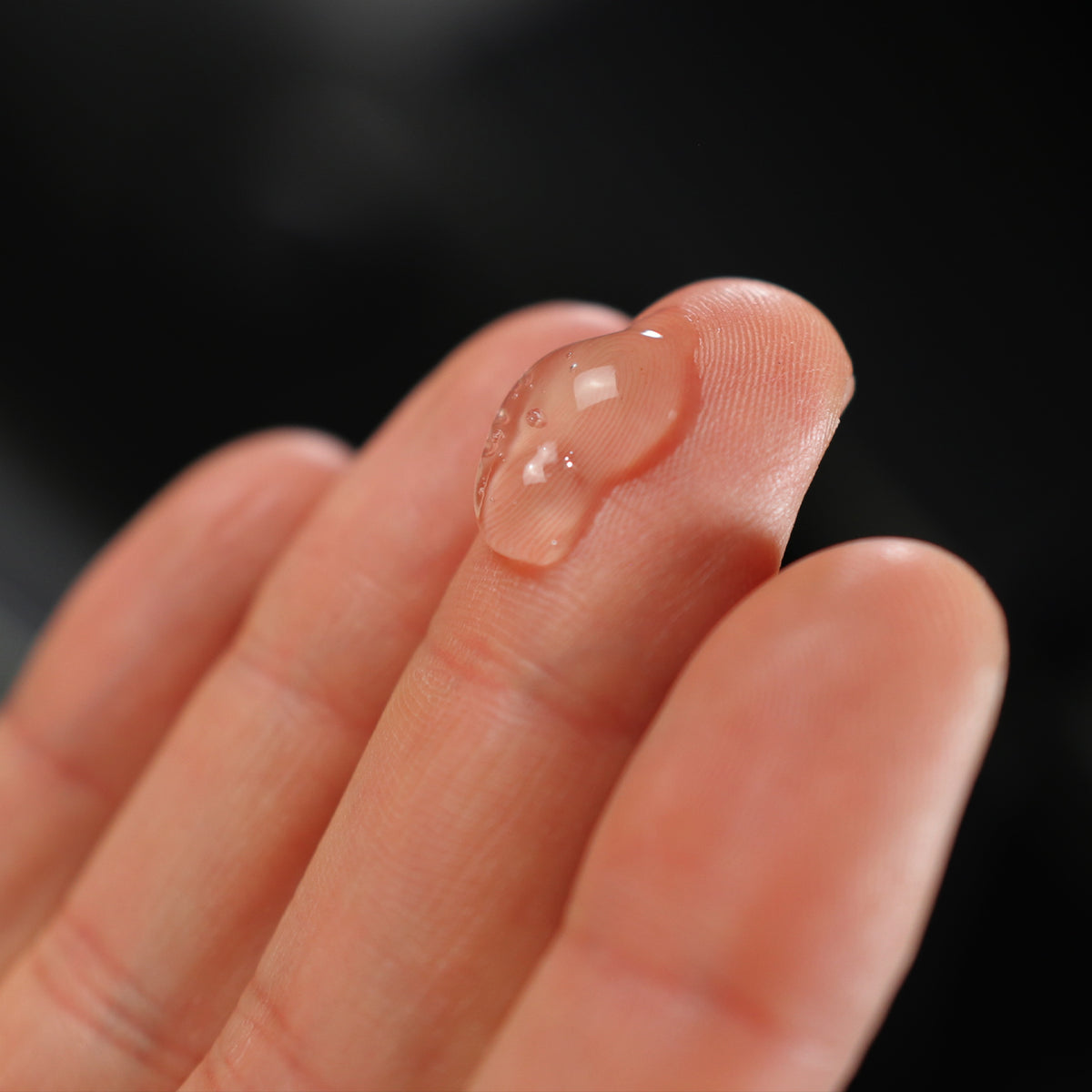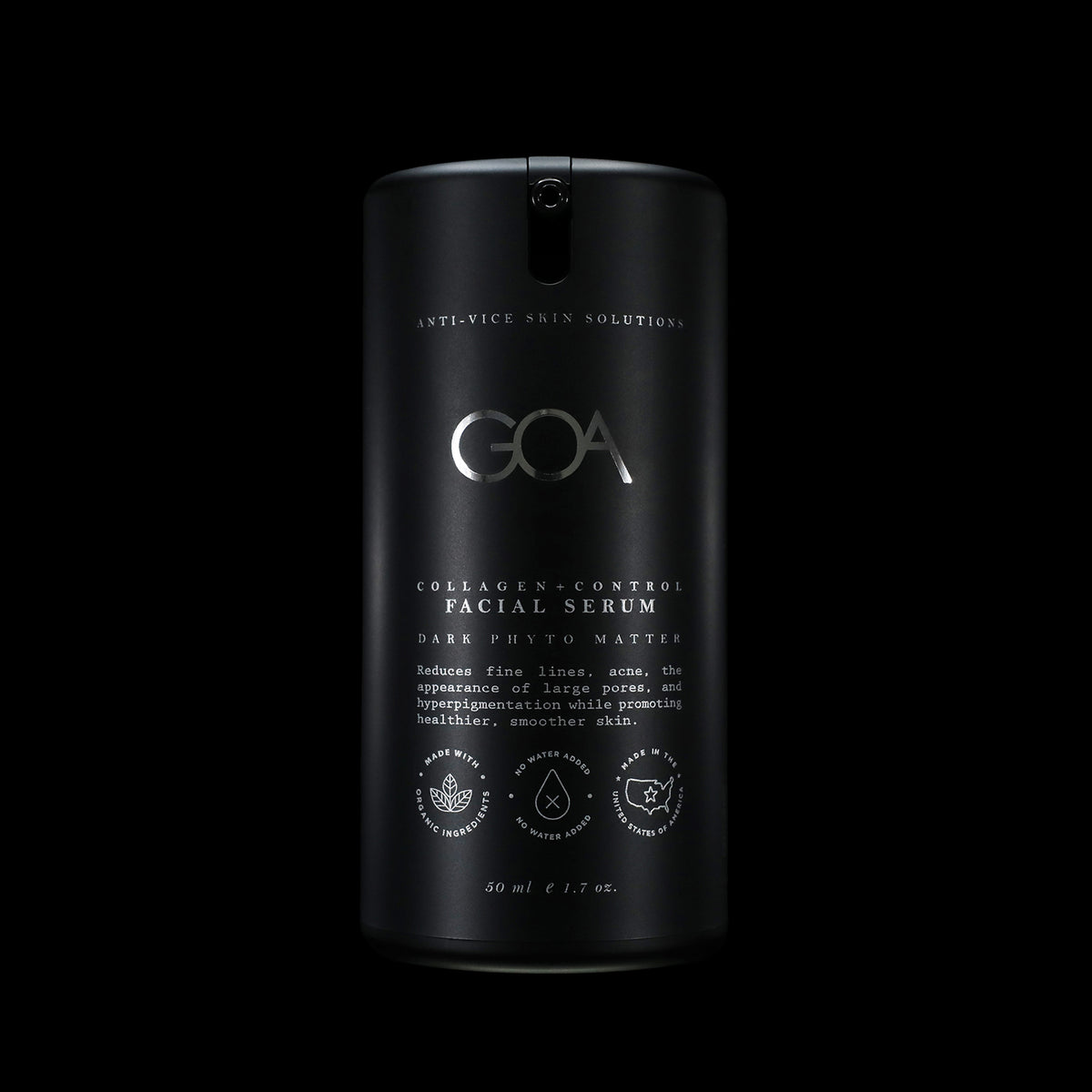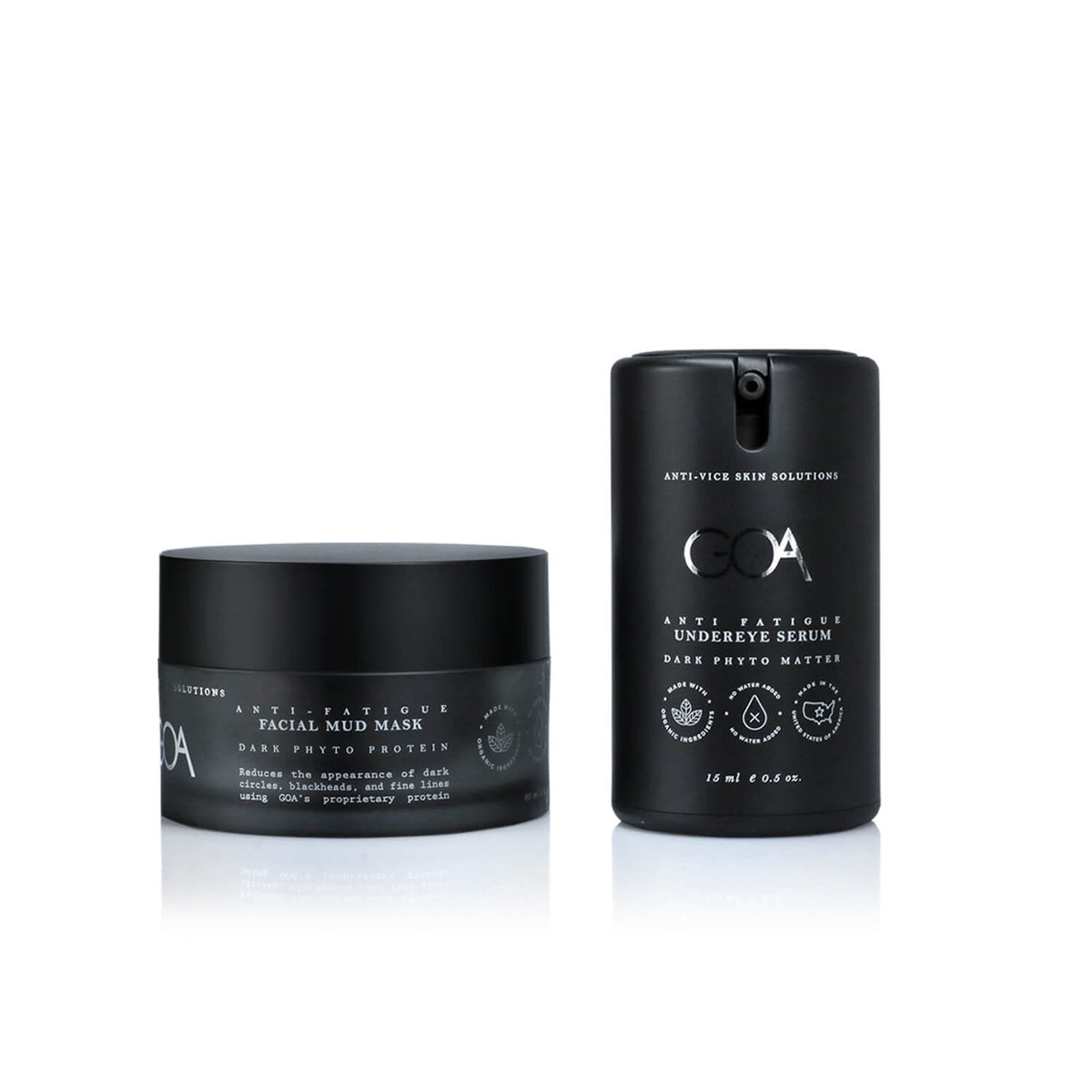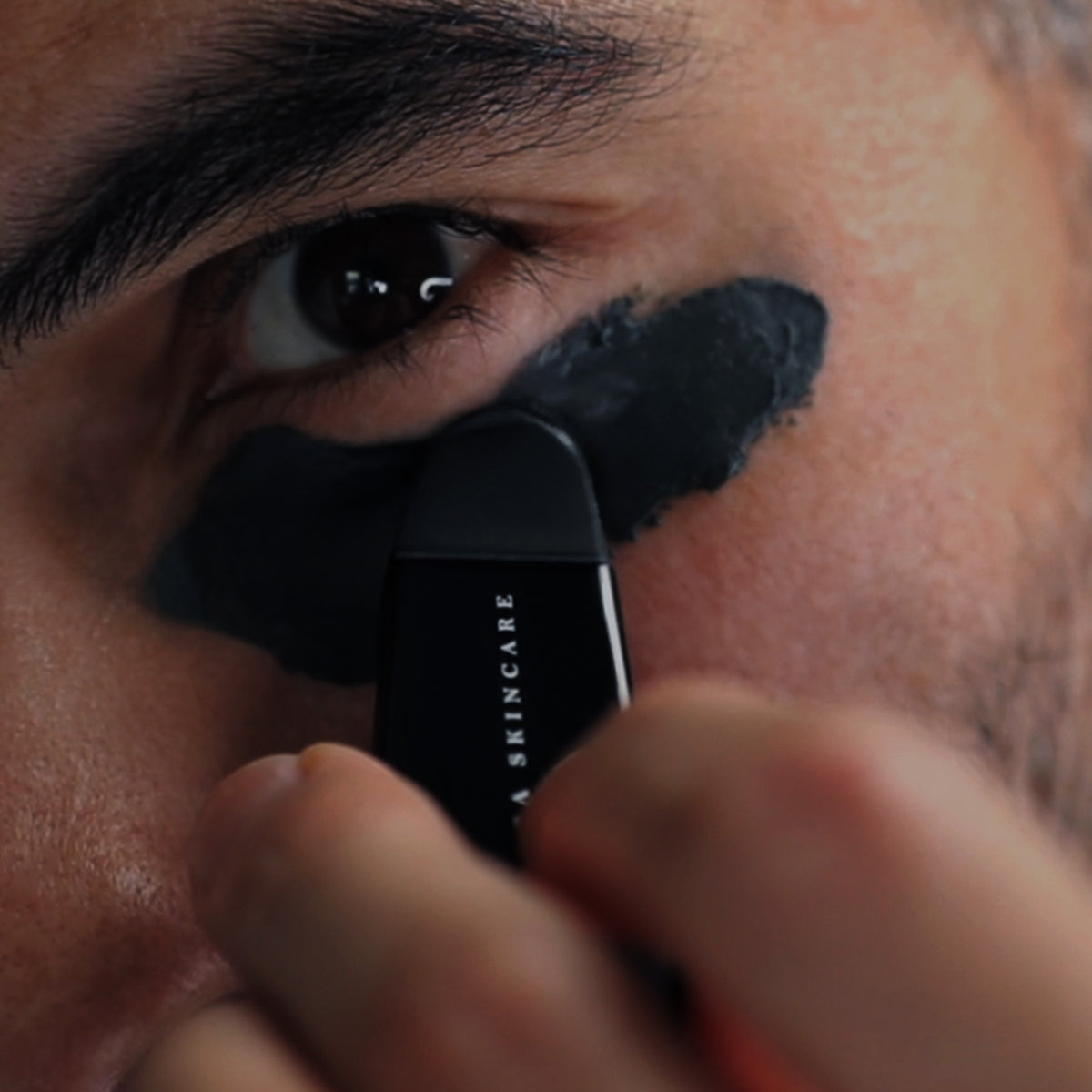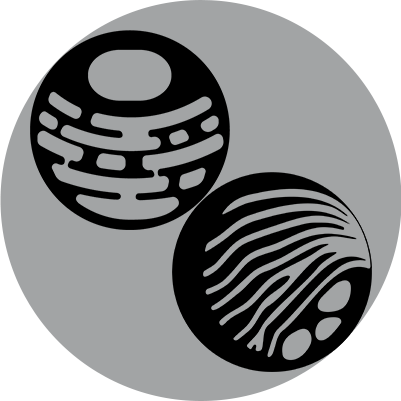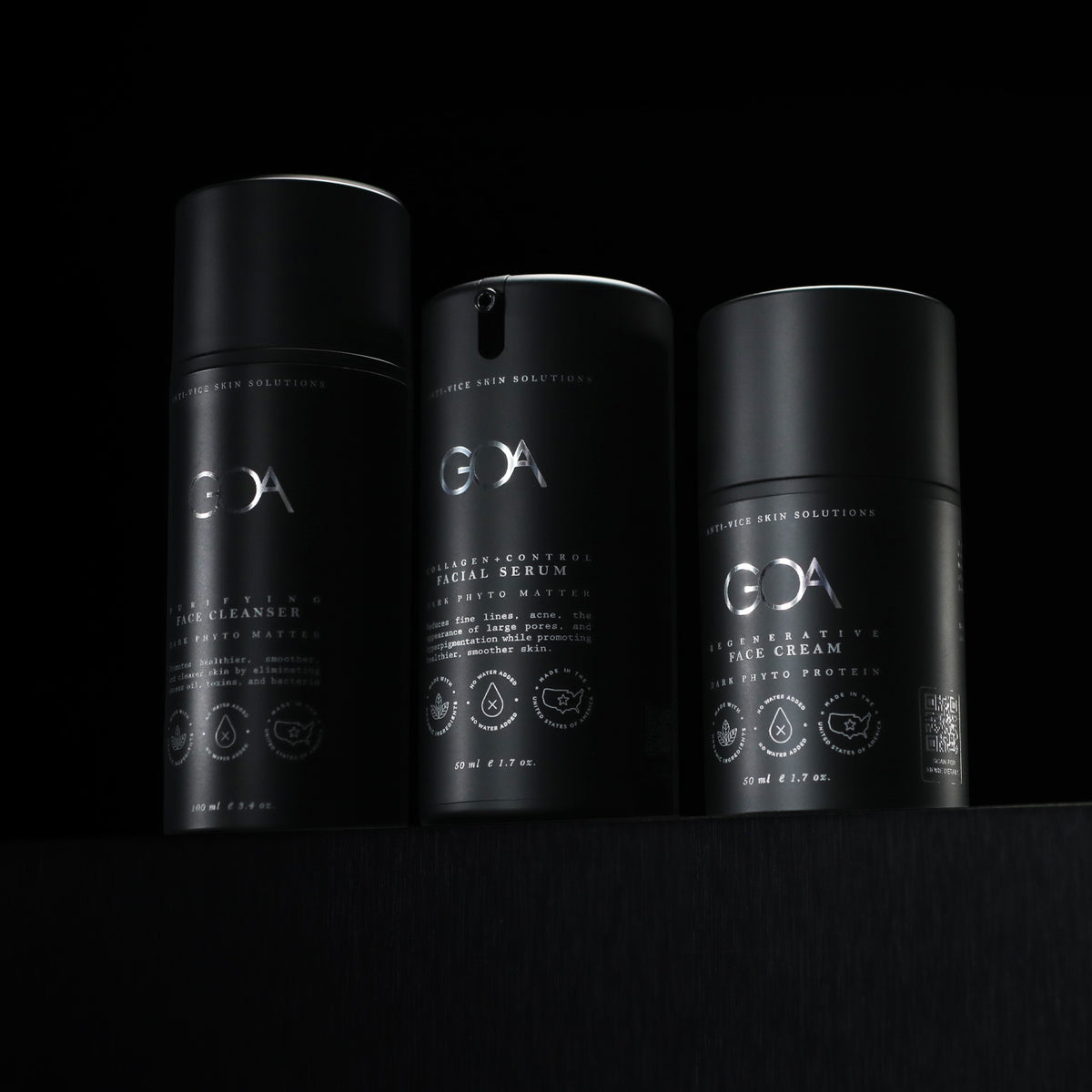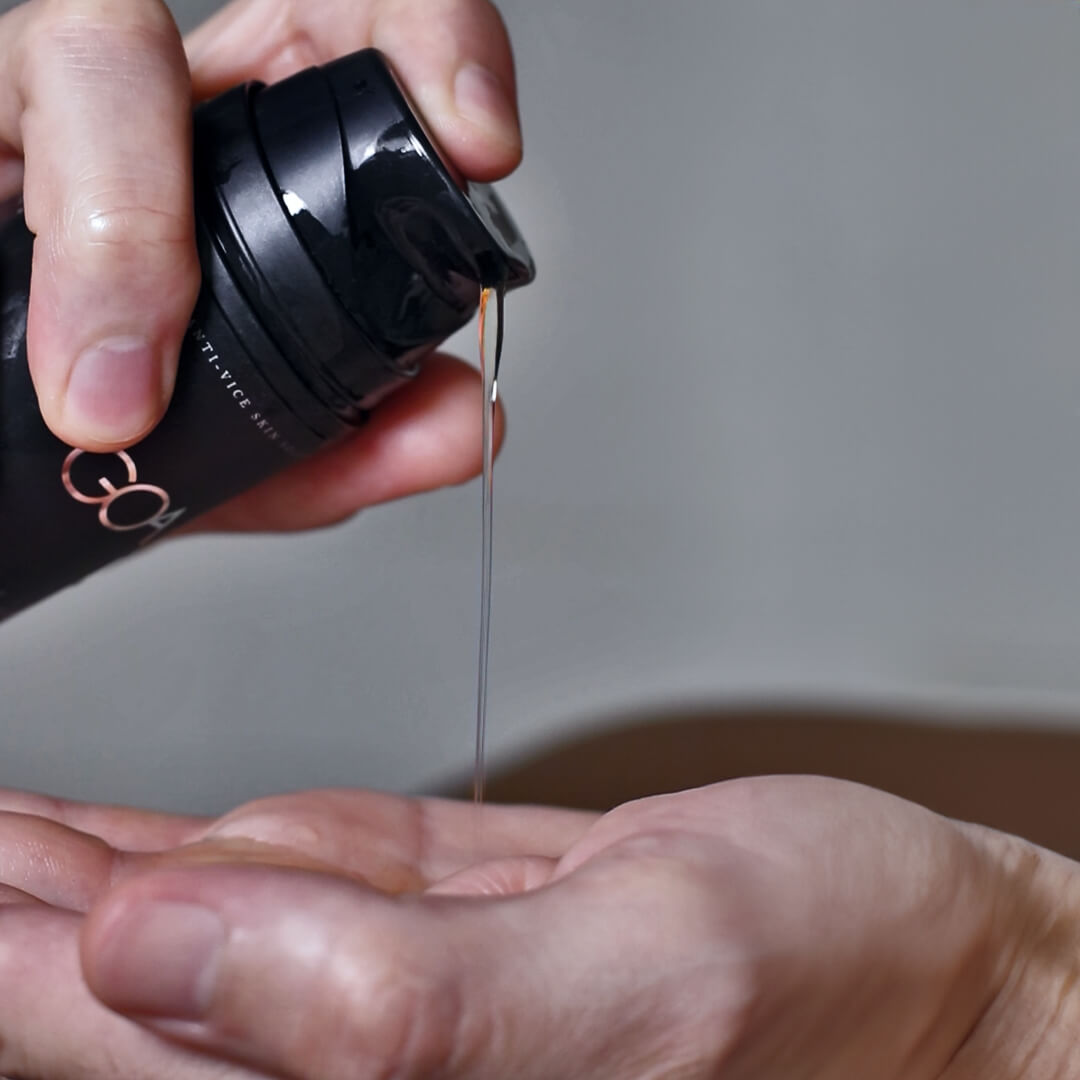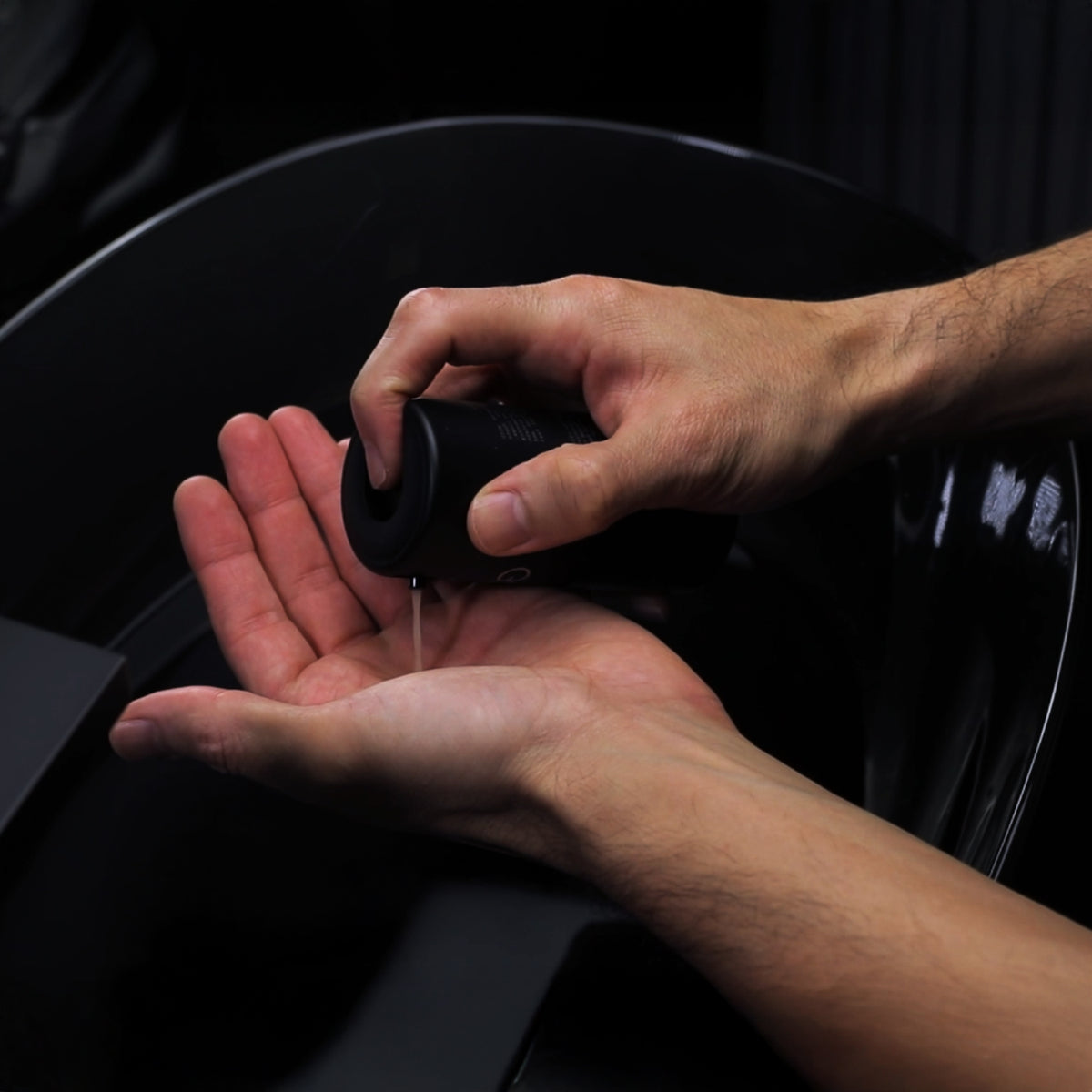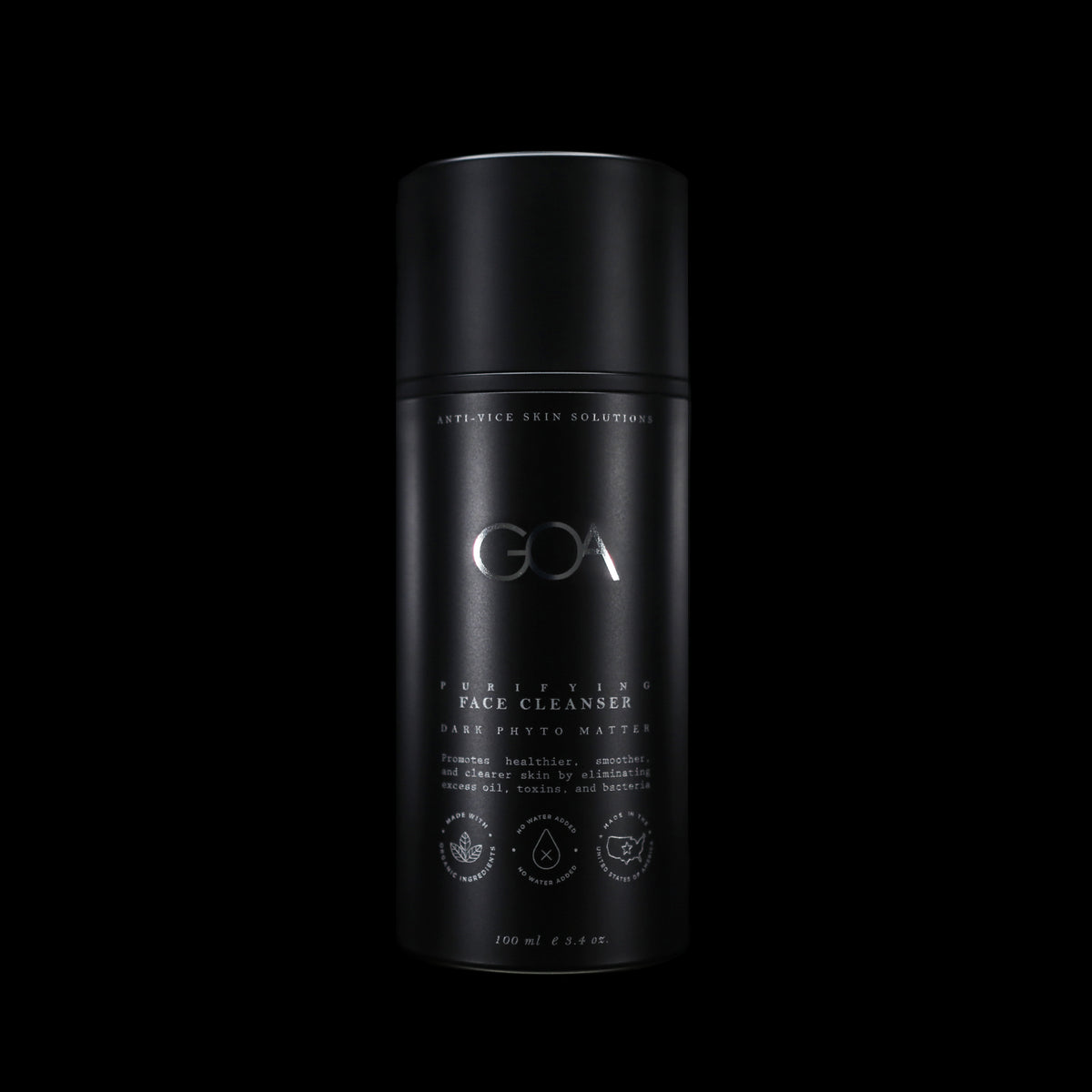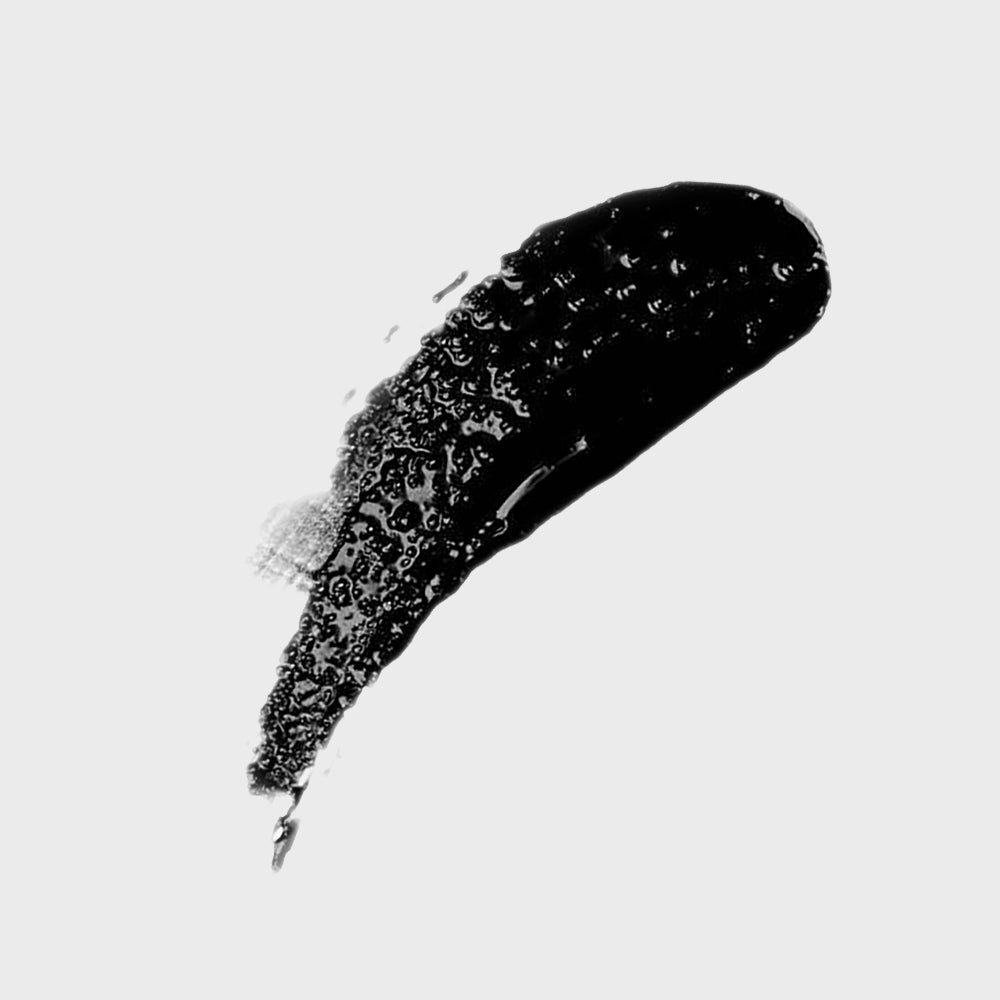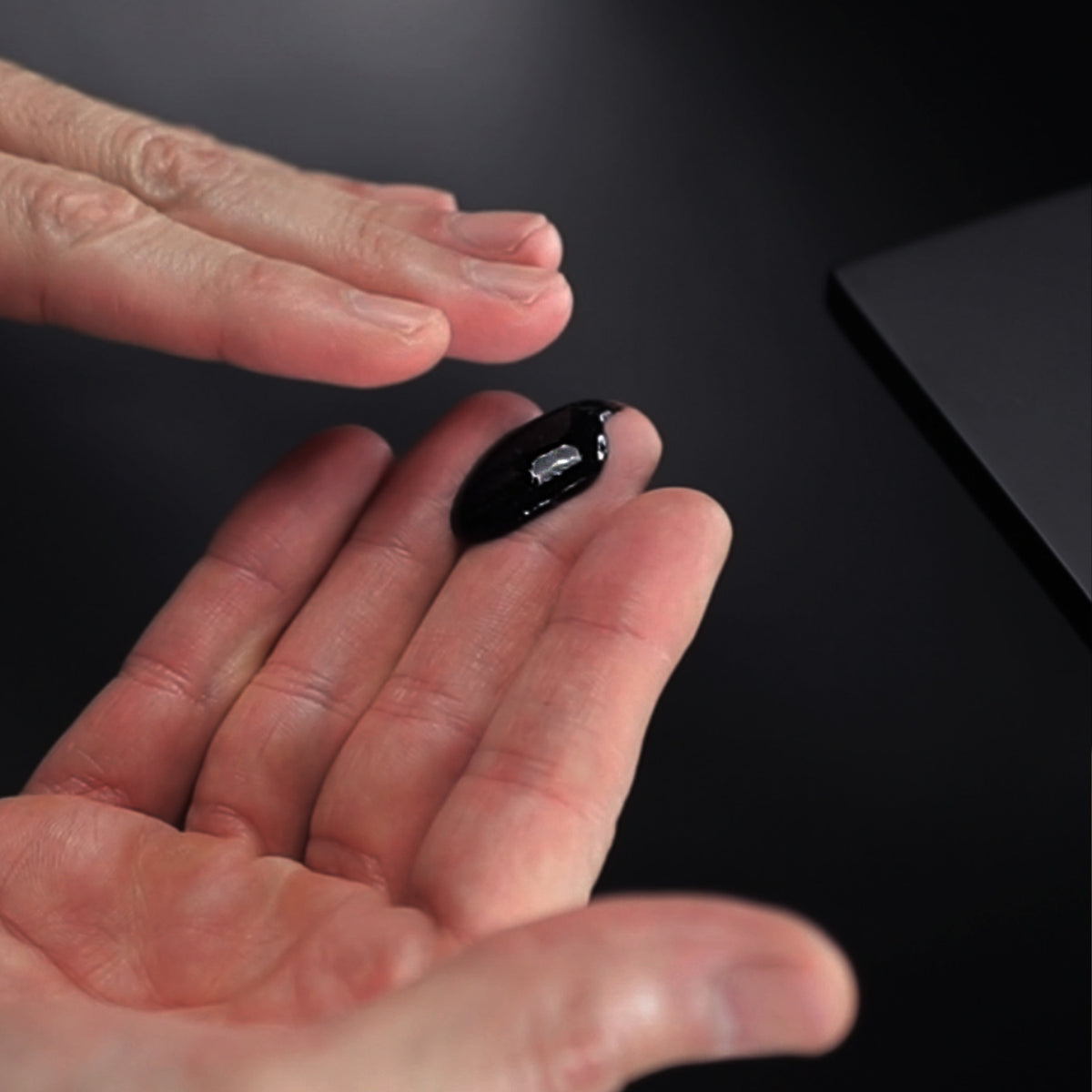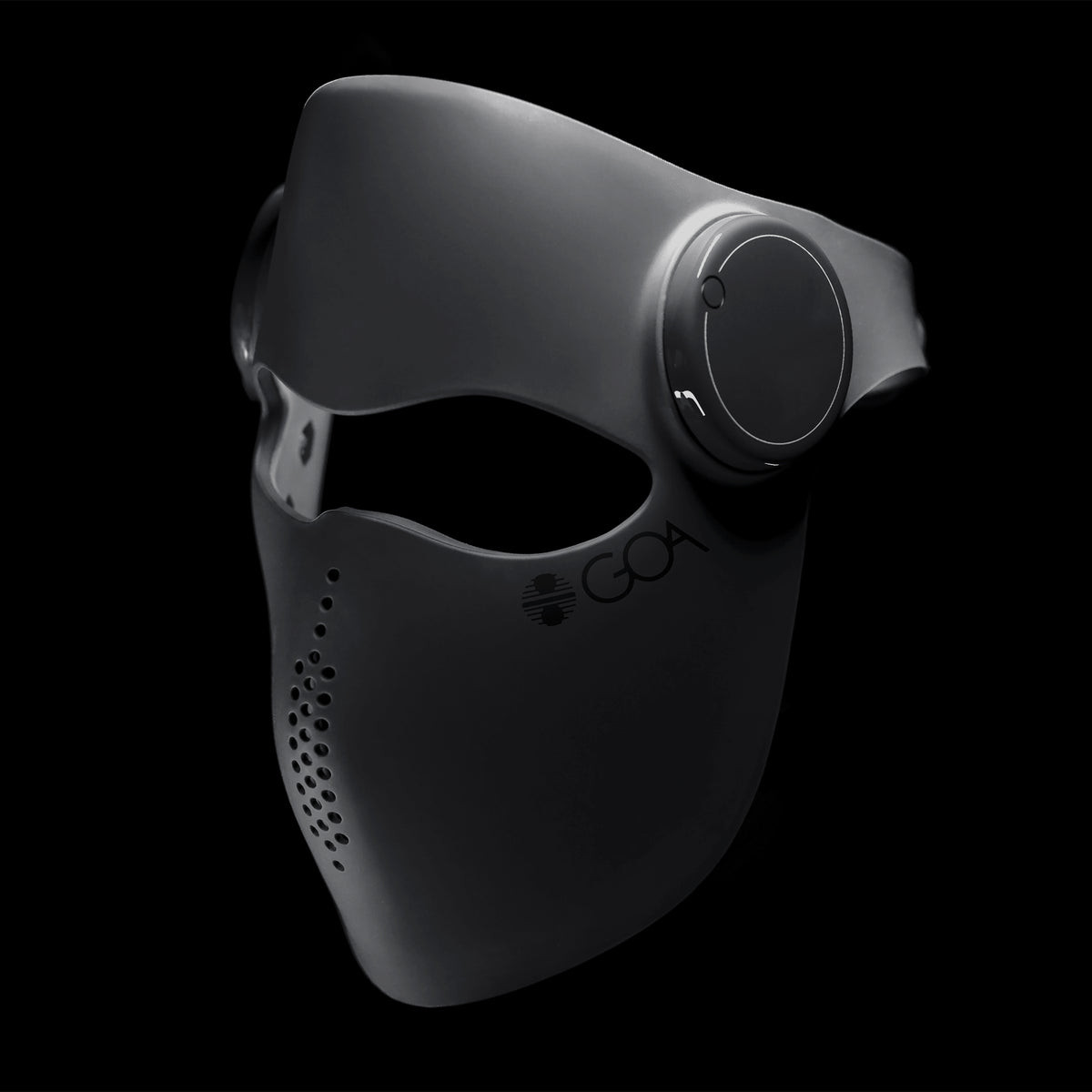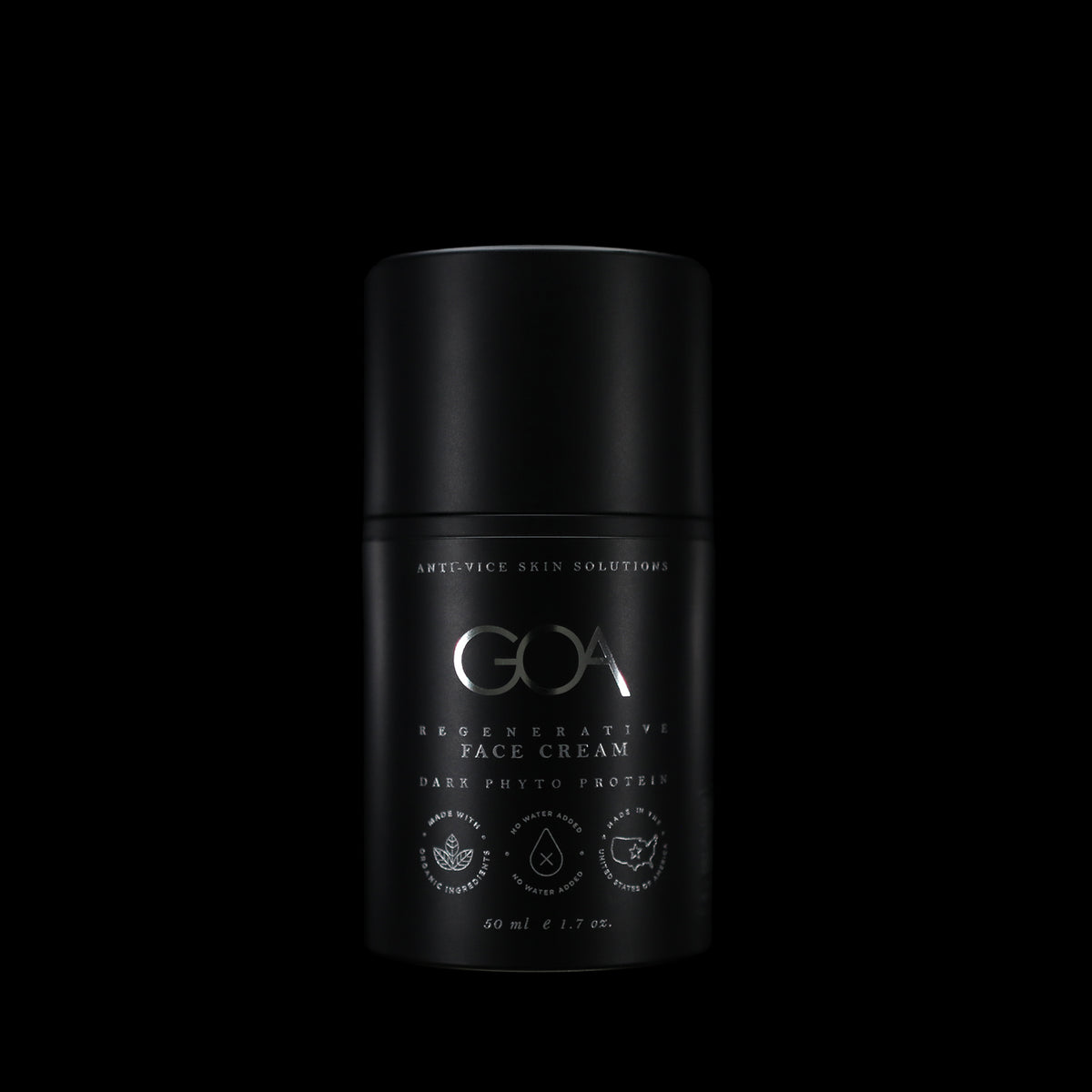Mechanism: Skin Barrier Structure | Target: Ingredient Absorption | Outcome: Enhanced Delivery Through Optimized Formulation
Executive Summary
- Less than 2% of most skincare ingredients make it past the skin’s outer barrier.
- The skin blocks large, water-loving molecules but lets small, oil-compatible ones pass more easily.
- Microencapsulation and high-concentration serums now offer measurable ingredient delivery into living skin layers.
What Biological Systems Break Down During Topical Skincare Application?
Your skin is evolved to keep out foreign threats. This outer barrier, called the stratum corneum, is about 10 to 20 microns thick; thinner than a sheet of paper but it’s incredibly effective. It’s made of flattened, dead skin cells locked in place by a mortar of natural fats. Together, they act like armor, sealing in moisture and keeping most substances out.
Here’s the catch: this same bioarmor that protects you also blocks most of what you put on your face. Only ingredients that meet three criteria stand a chance of slipping through: small molecular size (generally under 500 Daltons), oil compatibility (to blend with the fatty outer layer), and chemical stability (so they don’t break down before they’re absorbed). That’s why most skincare products, even ones with promising ingredients, don’t reach the layers of skin where they can stimulate collagen, reduce inflammation, or repair damage. Unless you’re using a product built to bypass this natural defense, you’re just temporarily buffing surface and not much more (that's ok too).
How Does This Impact Performance?
If skincare can’t penetrate, it can’t create long-term change. But that doesn’t mean it can’t perform, just that the results will stay at the surface. Many anti-aging and brightening products feel great to use. They can hydrate, smooth texture, and give skin a temporary look great. These effects happen in the outermost layers of the skin and can still improve how your skin looks and feels. But the deeper biological processes; collagen production, pigment regulation, cellular repair, require reaching the living layers of the epidermis and upper dermis.
Without penetration, there’s no cellular change. That means:
- No access to target cells = no structural improvement.
- Surface hydration ≠ deep regeneration.
- Low-dose “hero ingredients” = marketing, not mechanism.
For example, applying a 1% niacinamide cream may reduce surface shine or redness temporarily. But unless it's delivered in a system that moves it below the stratum corneum, and at a concentration shown to affect sebum production or inflammation, the long-term benefits simply won’t happen. It might still feel premium, but biologically, it's under-delivering.
What Actually Works? (Backed by Clinical Studies)
Microencapsulation – Time-Released Ingredient Delivery
Ingredients like retinol or vitamin C are sealed in microscopic lipid shells that melt at skin temperature. These capsules bypass the outer skin barrier through pores and hair follicles. The result is deeper penetration with less irritation. Encapsulated retinol reaches three times deeper than standard forms (Patravale et al., 2020).
Acetylated Hyaluronic Acid – Hydration That Goes Beyond Surface
Standard hyaluronic acid is too large to sink in. By modifying its structure, scientists created a version that slides through the skin and holds moisture below the surface. Acetylated HA boosts hydration markers by 24% over six weeks (Kawada et al., 2021).
Clinical-Strength Doses – Beyond Marketing Concentrations
Most skincare products stop at 1–3% actives. But the real clinical results start higher. Ten percent niacinamide reduces oil and tightens pores. Fifteen to twenty percent vitamin C fades pigment and boosts collagen. Two to five percent peptides activate repair signals in skin cells. Higher doses require advanced delivery systems to avoid irritation and ensure bioavailability.
How Does GOA Address These Issues?
GOA formulates for real, under-the-surface outcomes. Each product in the GOA system is built around the principles above.
Microencapsulated Retinol in our Collagen Control Serum uses lipid-based capsules that release gradually. The result is 3x deeper collagen activation with less surface irritation.
Acetylated Hyaluronic Acid in our Anti-Fatigue Undereye Serum delivers hydration where it matters—below the surface—so your skin doesn’t just feel plumper; it is.
ATP boosters and high-dose peptides are delivered through photobiomodulation (Light Therapy) that push through the skin’s lipid barrier as photons improve energy and circulation. For even greater absorption, GOA formulas are compatible with mechanical delivery methods like microneedling, which create temporary microchannels in the skin and enhance penetration.
Frequently Asked Questions
Q: Why don’t most skincare products actually work?
A: Because your skin is built to keep things out. Unless ingredients are small, fat-soluble, and stable—or carried in specialized systems—they won’t get through.
Q: Can skincare really reach the deeper layers of skin?
A: Some ingredients can—if properly formulated. Encapsulated retinol and acetylated hyaluronic acid reach viable epidermal layers. Niacinamide acts closer to the surface but still impacts function.
Q: Is more always better with actives?
A: No. Higher concentrations only work when paired with delivery systems that prevent irritation and ensure absorption. Otherwise, you risk redness without results.
Q: How do I know if something actually penetrates?
A: Look for terms like “microencapsulated,” “nano,” or “liposomal.” These indicate a system designed to breach the barrier. Also check the ingredient percentage—it matters.
Citations
- Draelos, Z.D., Matsubara, A., & Smiles, K. (2006). The effect of 2% niacinamide on facial sebum production in Japanese and Caucasian subjects. Journal of Cosmetic and Laser Therapy, 8(2), 96–101. https://doi.org/10.1080/14764170600717704
- Kawada, C., et al. (2021). Anti-wrinkle properties of sodium acetylated hyaluronate: in vitro and clinical evidence of dermal protection and hydration. Journal of Clinical and Aesthetic Dermatology, 14(9), 20–27. https://www.ncbi.nlm.nih.gov/pmc/articles/PMC9543187/
- Jenning, V., Schäfer‑Korting, M., & Gohla, S. H. (2000). Vitamin A–loaded solid lipid nanoparticles for topical use: Drug release properties. Journal of Controlled Release, 66(2–3), 115–126. https://doi.org/10.1016/S0168-3659(99)00223-0
- Prausnitz, M.R., & Langer, R. (2008). Transdermal drug delivery. Nature Biotechnology, 26(11), 1261–1268. https://doi.org/10.1038/nbt.1504
- Lane, M.E. (2013). Skin penetration enhancers. International Journal of Pharmaceutics, 447(1–2), 12–21. https://doi.org/10.1016/j.ijpharm.2013.02.040















